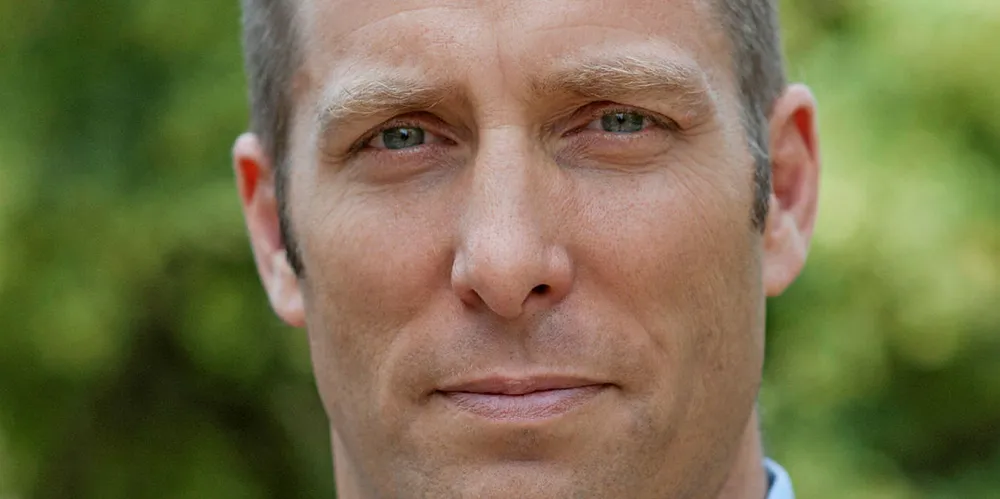'Whether it's Trump or Biden, clean-energy advocates need to fix their readiness level'
Michael Moore's falsehood-filled film Planet of the Humans was called out by the mainstream media – but less so by the renewables industry it attacked. That should concern us, writes Mike Casey, not least as the US elects its next president
